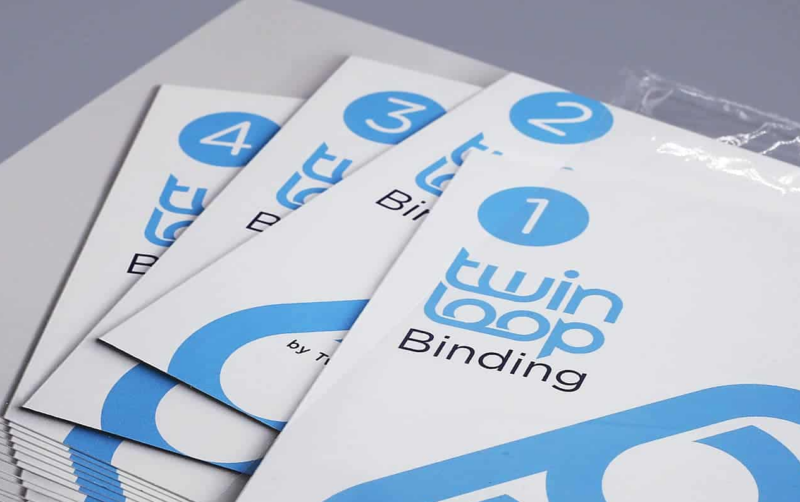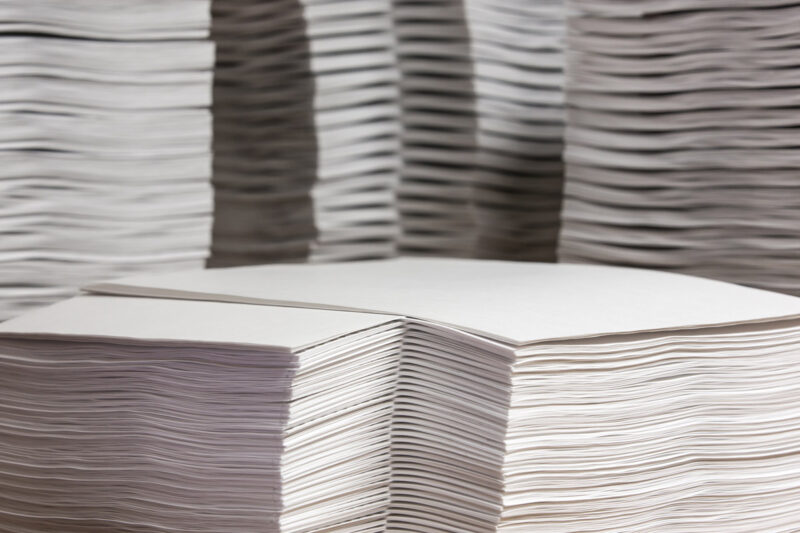Are you tired of getting confused by printer lingo? One word that often throws people off is “collate.” You may have seen this option when printing multiple copies, but what does it actually mean?
In this blog post, we’ll break down the definition of collate and why it’s a useful feature in printing. So grab your printer manual and let’s get started!
The Definition of Collate
Collate is a term used in the printing industry that refers to the process of arranging and organizing printed pages or documents in a specific order. When printing multiple copies of a document, collating is an essential step to ensure that the pages are in the correct sequence and in the correct number of sets.
The collating process may seem straightforward, but it can be challenging, especially when printing large quantities of documents or multi-page reports. For instance, when printing a 100-page report, collating manually can be a tedious and time-consuming task. Therefore, the collating process is typically automated by printers or copiers to simplify the process.
It is also used to describe the process of combining multiple documents into a single, organized document. This can be helpful when preparing reports, presentations, or other types of documents that require information from multiple sources. By collating the information, the final document will be in the correct order, and the information will be presented in a logical and coherent manner.

In essence, collating can be used to simplify the printing process and make it more efficient. It also ensures that the final product is organized and easy to read, which is crucial in many applications. Collation can be done in a few different ways, depending on the printing technology being used and the requirements of the document being printed.
Manual collating involves physically arranging the pages in the desired order. This is a labor-intensive process that requires a lot of time and patience, especially when dealing with larger documents. To collate manually, you must first print each page separately, and then arrange them in the correct order. Once you have all the pages arranged, you can then staple or bind the pages together to form a complete document.
Automatic collating, on the other hand, involves using a printer or copier to automatically collate the pages. This process is much faster and more efficient than manual collating, as the printer or copier can collate hundreds of pages in just a few minutes. Automatic collating works by printing multiple copies of the document, and then stacking the pages in the correct order automatically.
The way collating is performed can vary depending on the specific printer or copier being used. Some printers have built-in collating features that allow you to collate documents automatically, while others require additional software or hardware to perform the collation process.
Another important aspect of collating is the use of collating marks. These are small marks that are printed on each page of a document to indicate its position in the sequence. Collating marks can be used to help you identify pages that are out of order, or to ensure that the final document is assembled correctly. They can also be used to help align the pages when stapling or binding the document together.

Collating is an essential part of the printing process, and it is used in a wide range of applications. It is particularly useful in business and academic settings, where large documents and reports are common. By collating documents correctly, you can ensure that the final product is organized, easy to read, and presents information in a logical and coherent manner.
The Benefits of Collate
Collating has numerous benefits, particularly in the printing industry, where it is widely used to organize and arrange printed pages or documents. The benefits of collating can be seen in various applications, including business reports, academic papers, and promotional materials. Below are some of the key benefits of collating:
Saves Time and Effort
Collating saves time and effort by simplifying the printing process. With automatic collating, for example, you can print multiple copies of a document and have them collated automatically, which eliminates the need for manual sorting and arranging of pages. This makes the printing process more efficient, allowing you to produce more documents in less time.
Ensures Accuracy and Consistency
Collating ensures accuracy and consistency by ensuring that pages are in the correct sequence and that there are no missing pages or duplicates. This is particularly important when producing large documents or reports, where even a minor error can have significant consequences.
By collating documents correctly, you can be sure that the final product is accurate and consistent, making it easier to read and understand.
Improves Document Organization

Collating improves document organization by arranging pages in a specific order that makes sense. For example, in a business report, collating pages in a logical sequence can help to convey information more effectively and make it easier for readers to follow. In academic papers, collating pages in a specific order can help to build an argument or present ideas in a coherent manner.
Facilitates Document Distribution
Collating facilitates document distribution by ensuring that each copy of a document contains the same information and is organized in the same way.
This makes it easier to distribute documents to multiple recipients, whether it is through mail, email, or other means. Collating also makes it easier to produce multiple sets of documents, such as for meetings or presentations.
Provides Professional Appearance
Collating provides a professional appearance by presenting documents in a neat, organized, and coherent manner. This is particularly important for business reports, promotional materials, and other documents that represent a company or organization.
By presenting information in a professional manner, you can enhance your credibility and build trust with your audience.
Reduces Waste

Collating reduces waste by eliminating the need for reprinting or discarding documents due to errors or mistakes. By ensuring that pages are in the correct sequence and that there are no duplicates or missing pages, collating helps to minimize waste, which can save time, effort, and resources.
The Different Types of Collate
When you print, collate simply means that your print job will be organized in the correct order. For example, if you’re printing 10 copies of a 5-page document, with collate selected, your pages will come out in this order: 1,2,3,4,5,1,2,3,4,5. Without collate selected, they would come out in this order: 1,1,2,2,3,3,4,4,,5.
There are three different types of collate options when printing: print all pages in order; print odd-numbered pages in order; and print even-numbered pages in order.
Print All Pages In Order: This is the most common type of collate and is typically the default setting. As mentioned above, all the pages of your document will be printed in order.
Print Odd-Numbered Pages In Order: With this setting selected only the odd-numbered pages of your document will be printed in order while the even-numbered pages will be skipped.
Print Even-Numbered Pages In Order: This setting is the reverse of Print Odd-Numbered Pages In Order where only the even-numbered pages will be printed in order and the odd-numbered pages will be skipped.

Conclusion
In conclusion, collating when printing is a method of sorting documents into the correct order. This can be done based on several different criteria such as page number, alphabetically or chronologically.
Collating is an important part of printing and it helps to ensure that the final document appears in the desired order so that it can be easily read and understood by the recipient. Understanding what collation means will make your next printing project easier and more successful.







